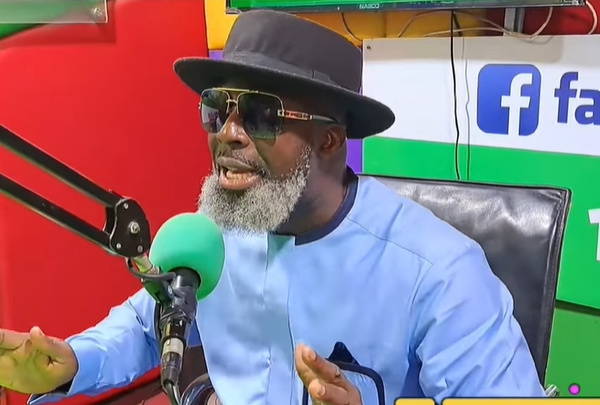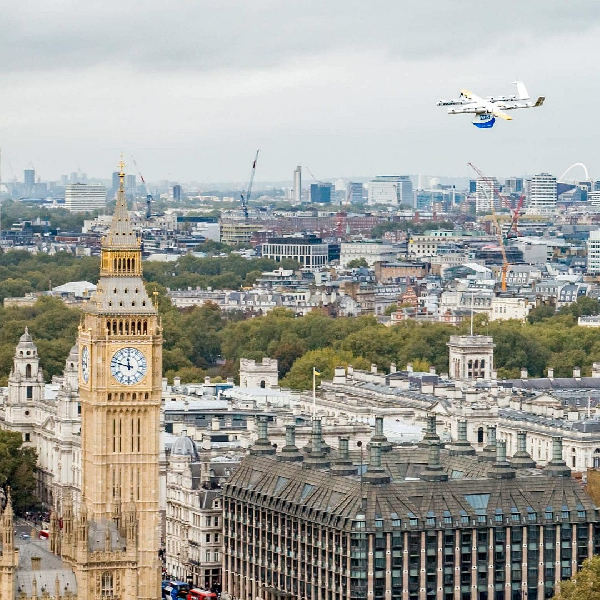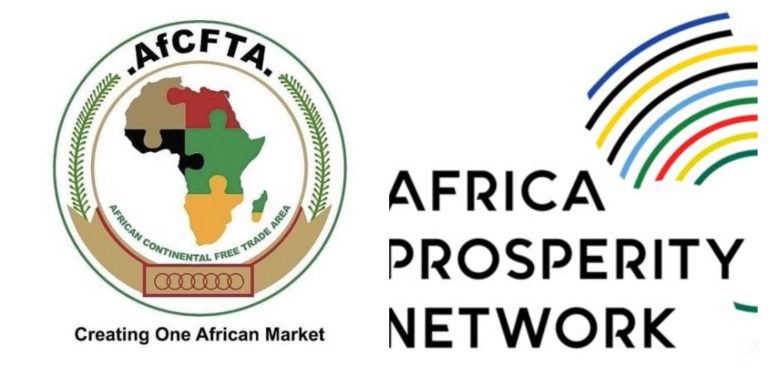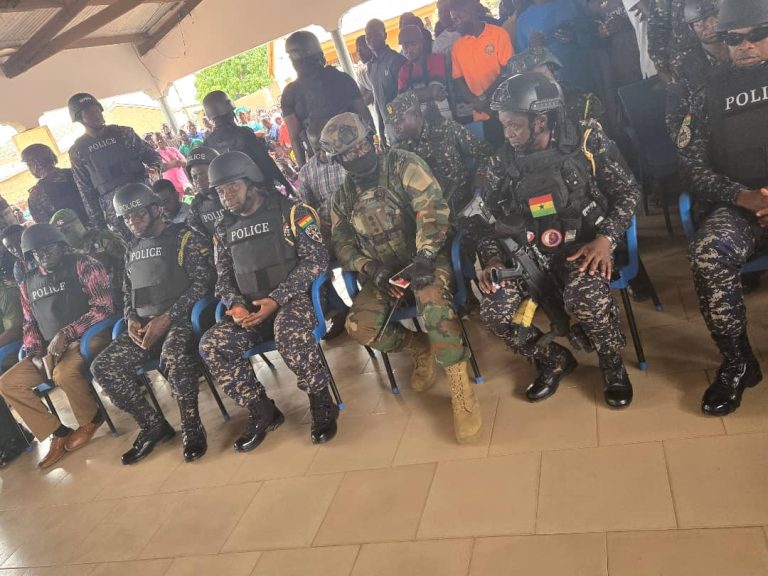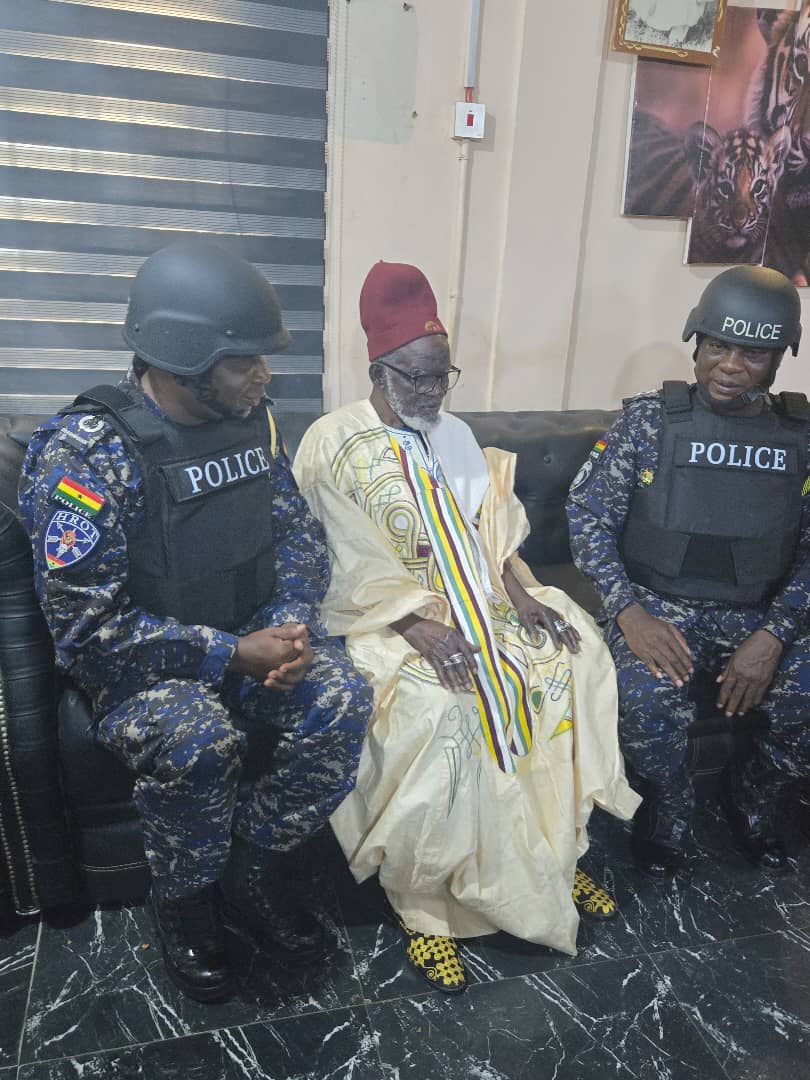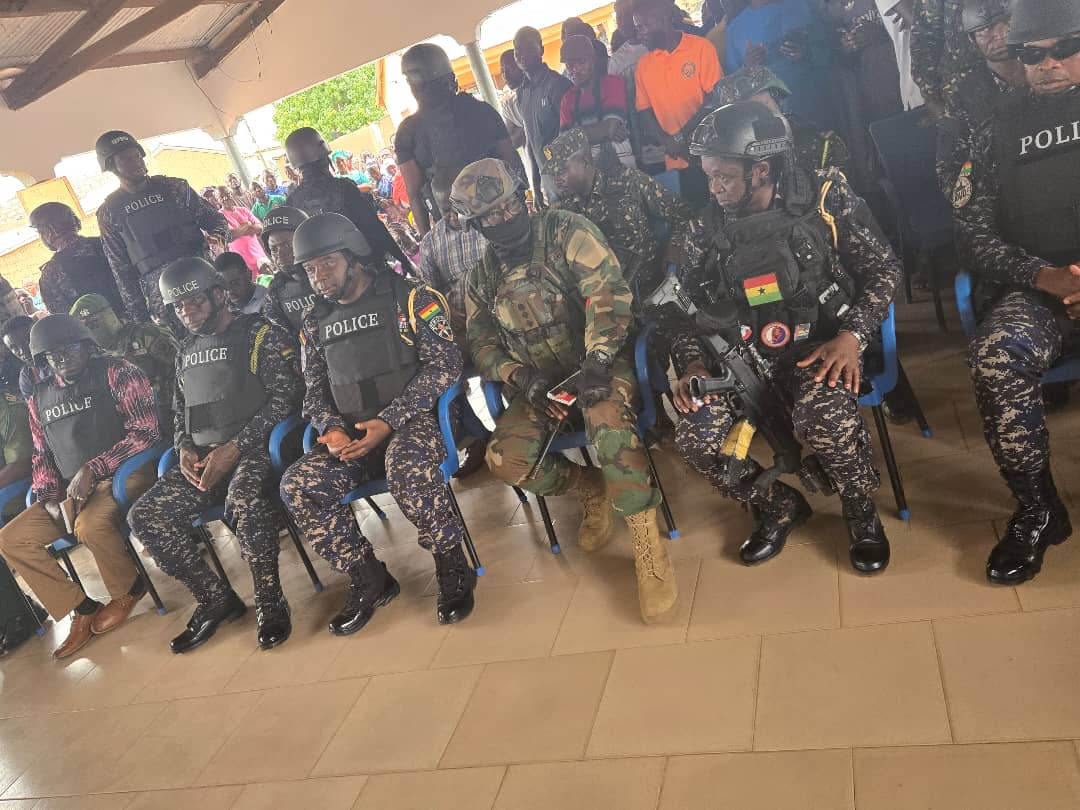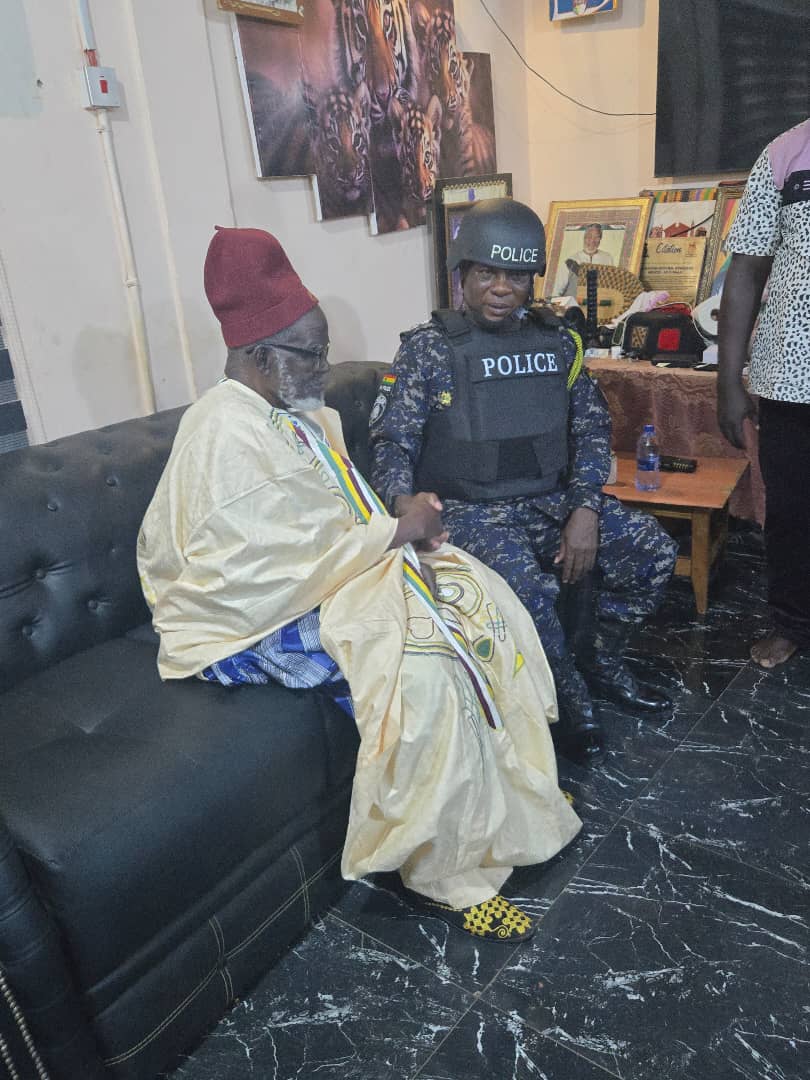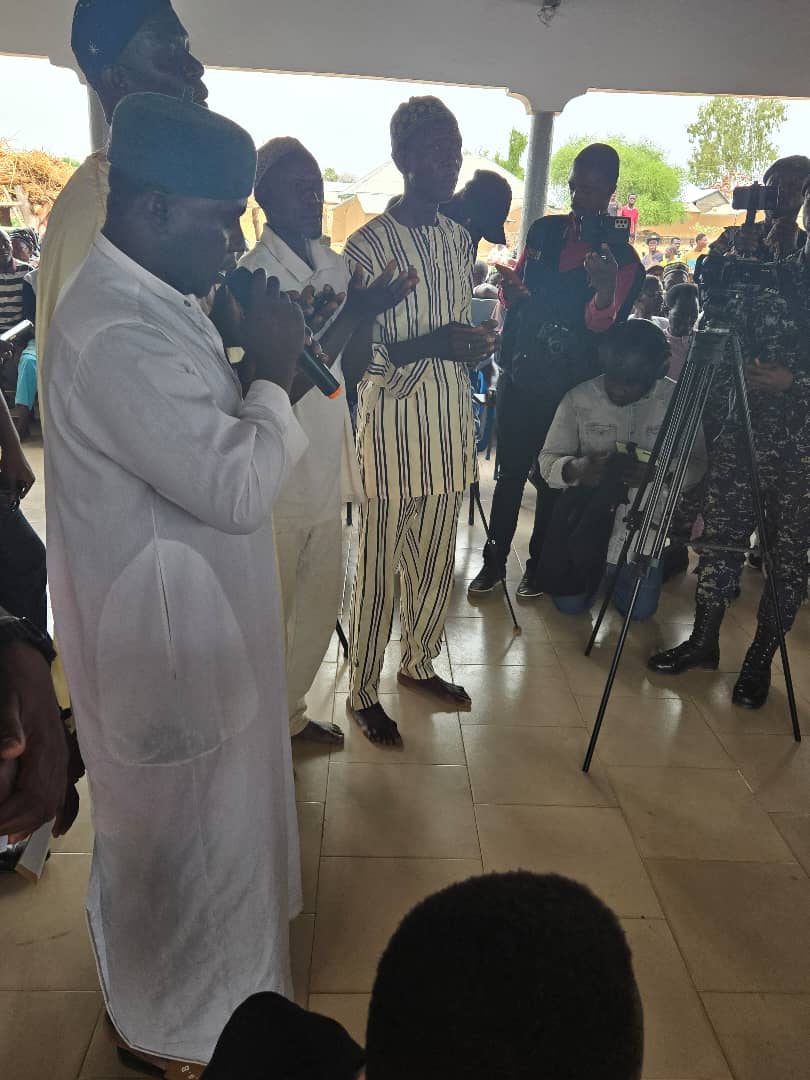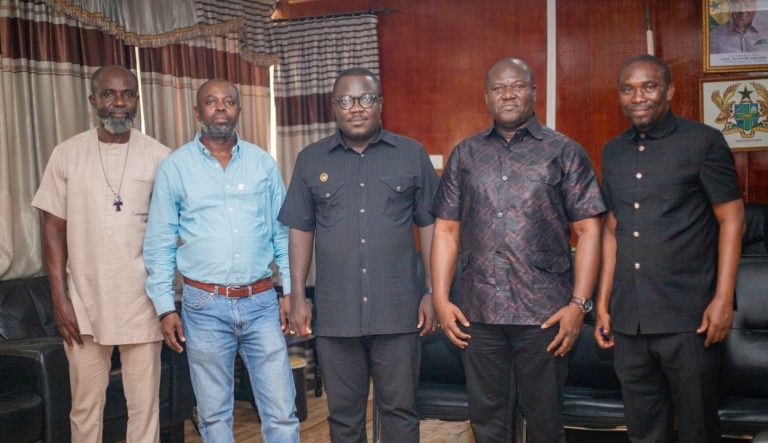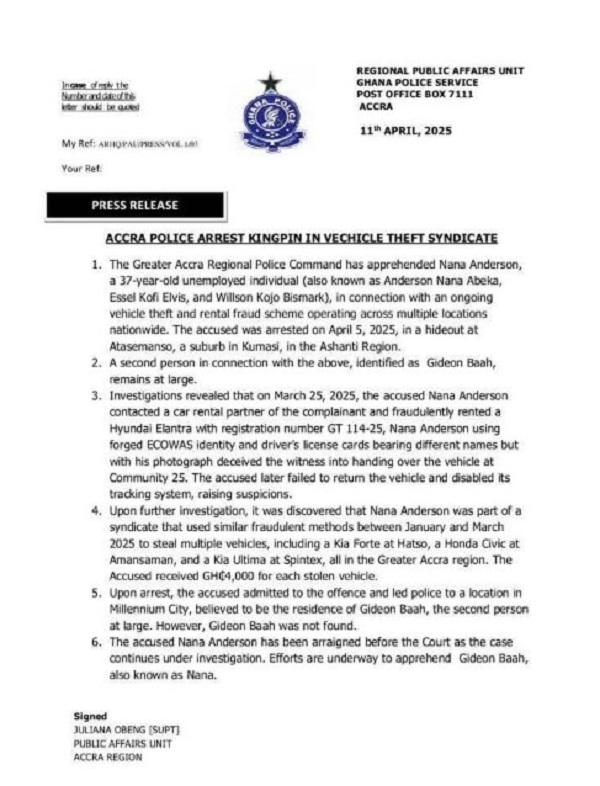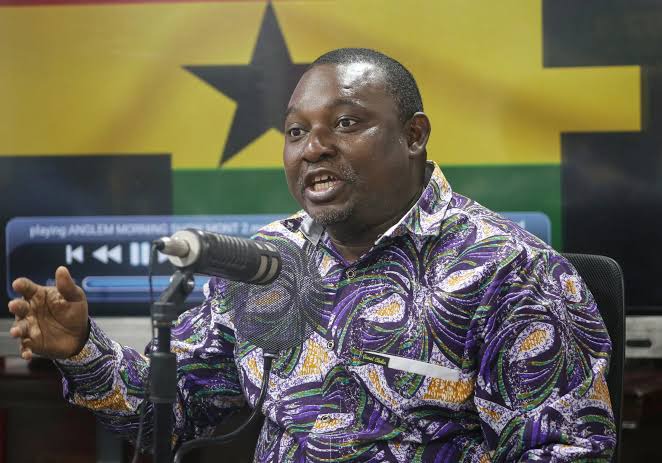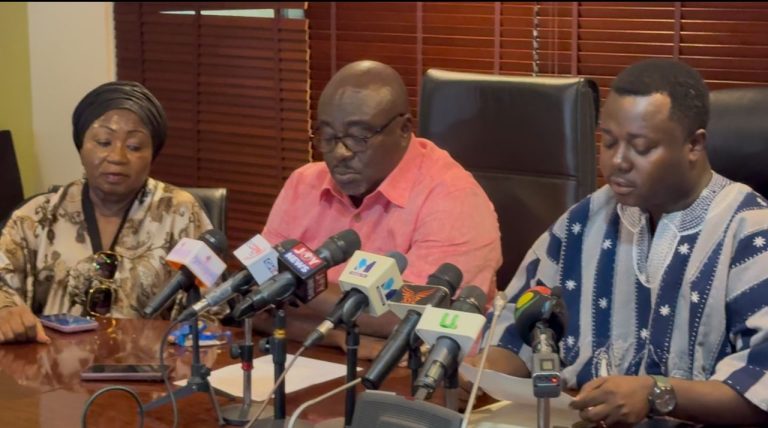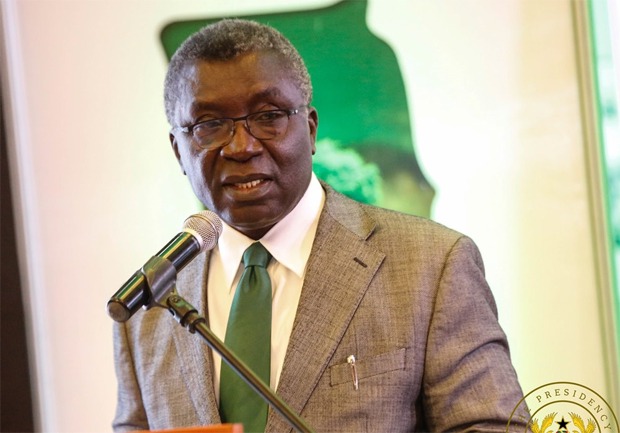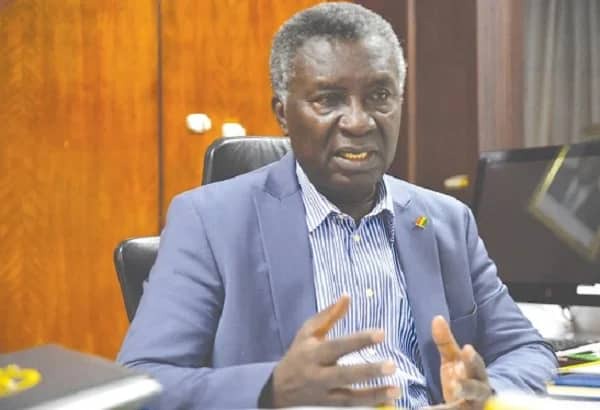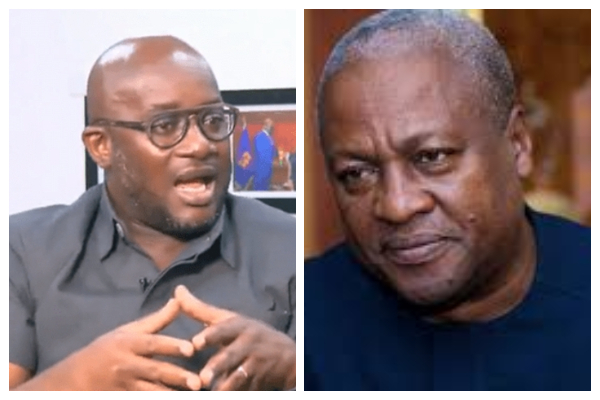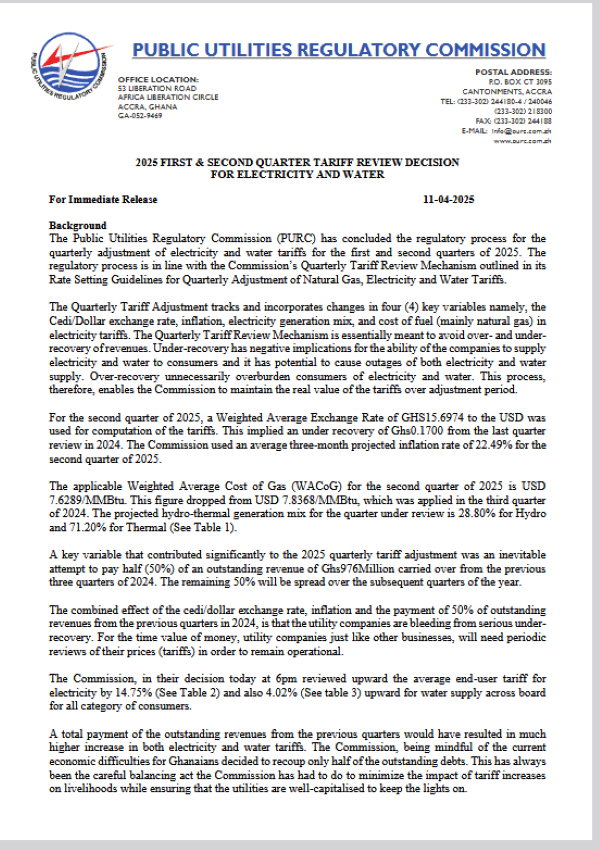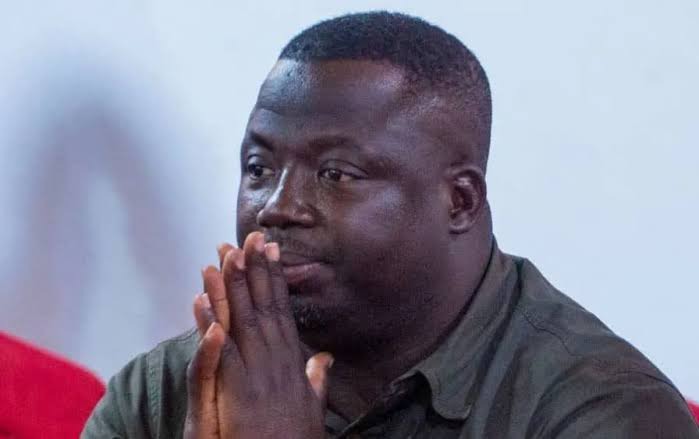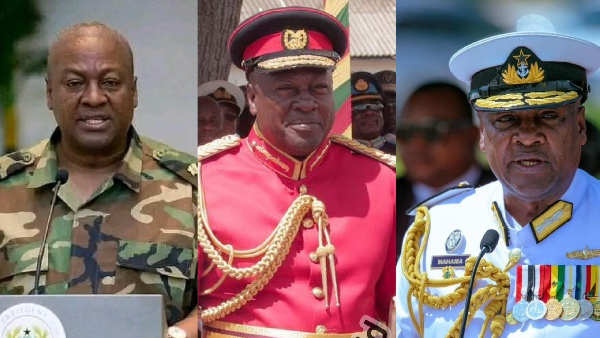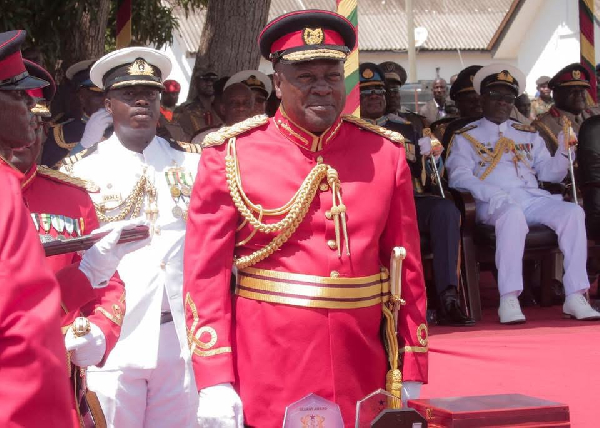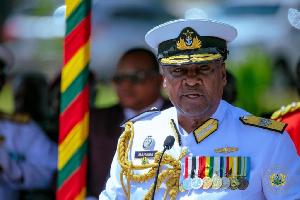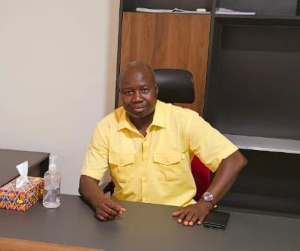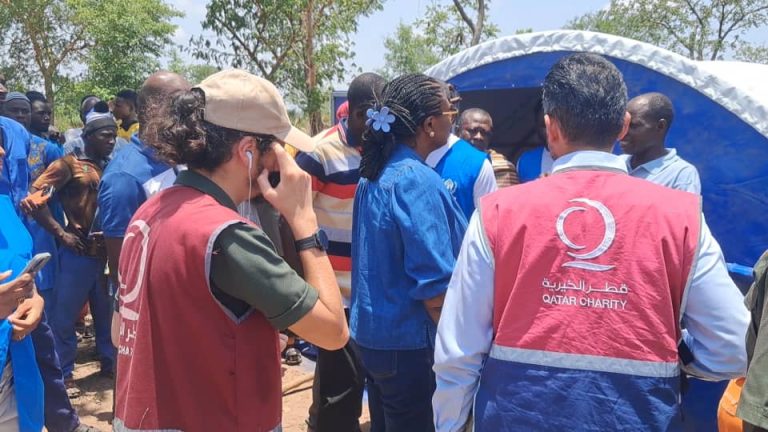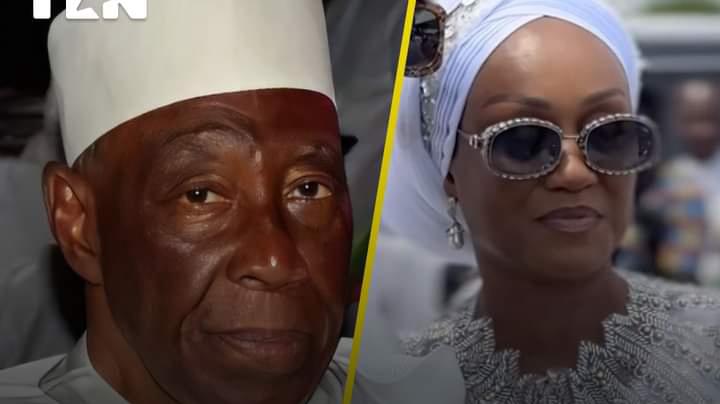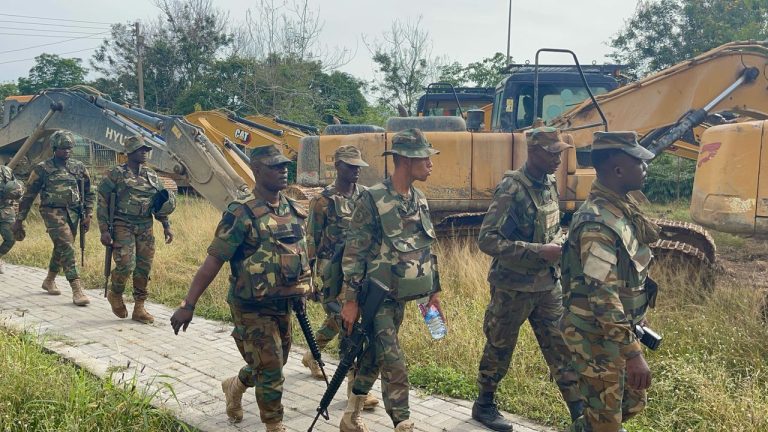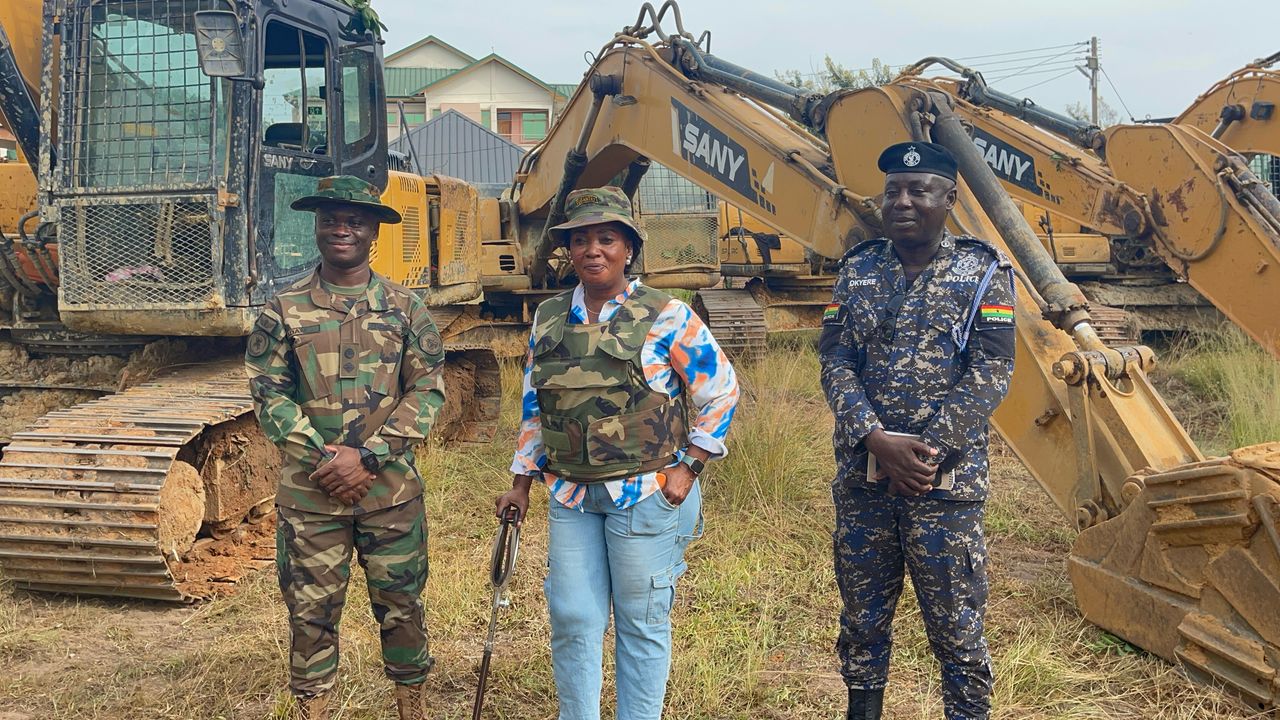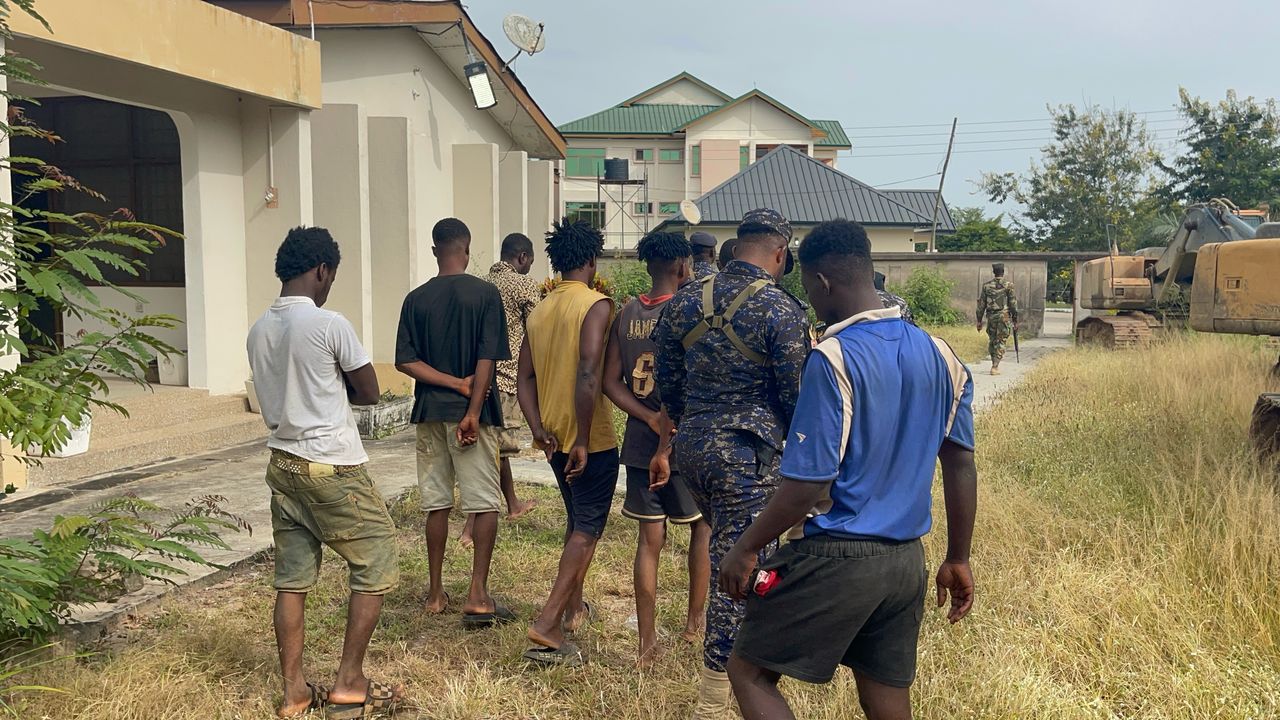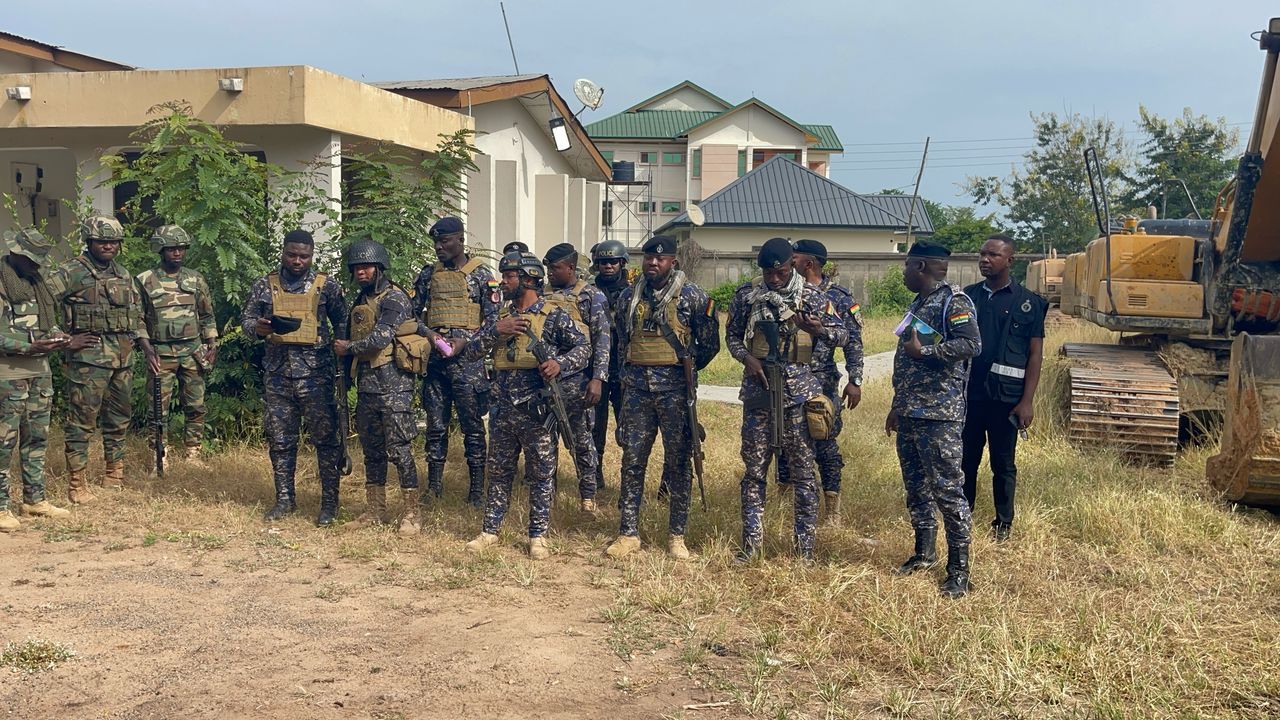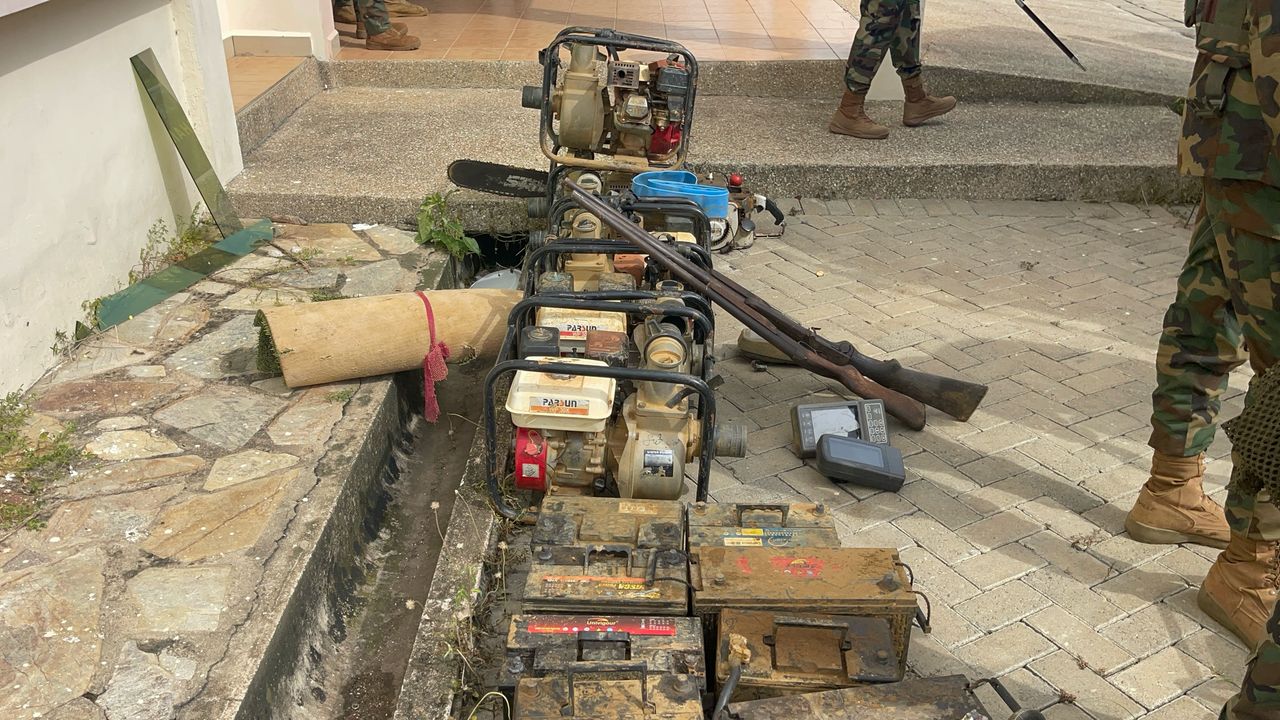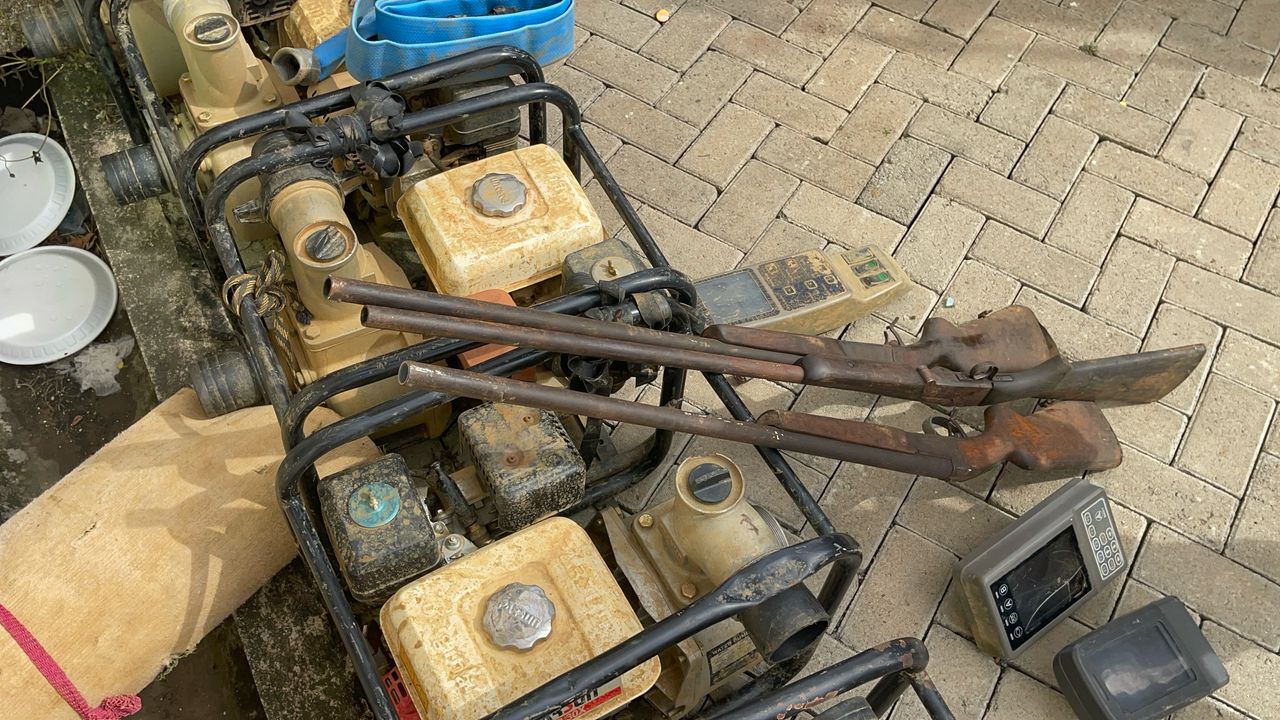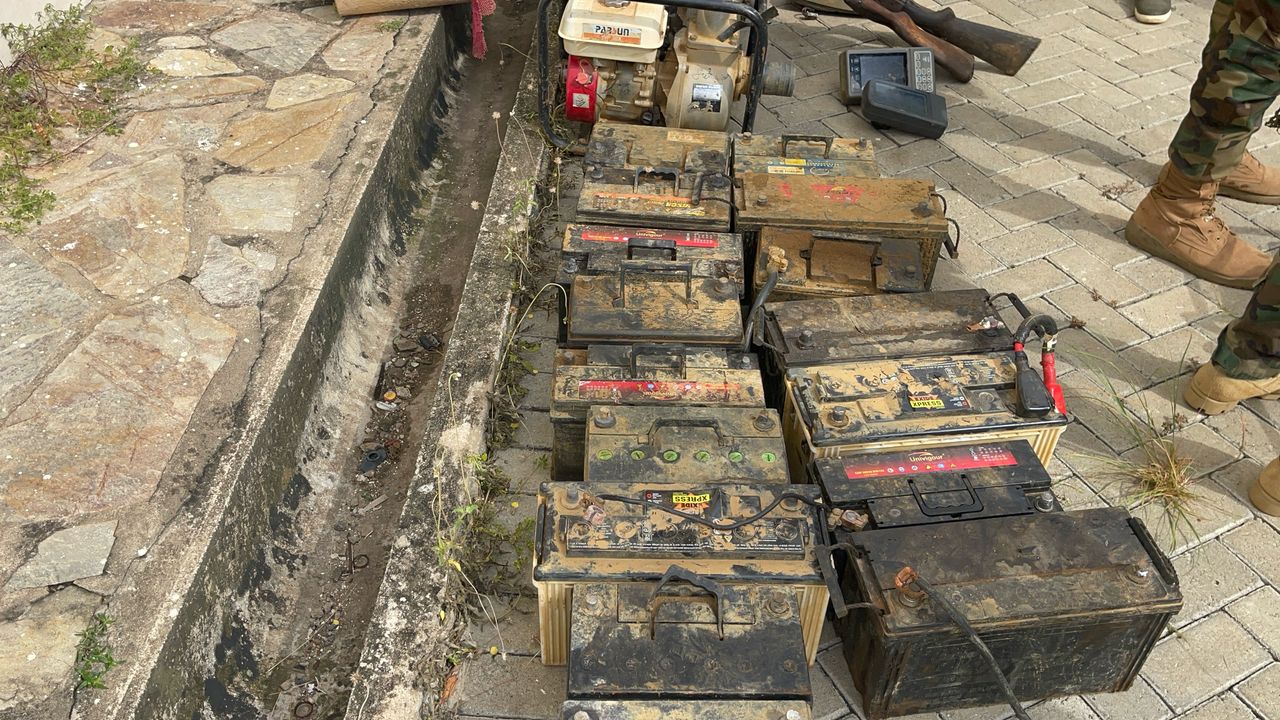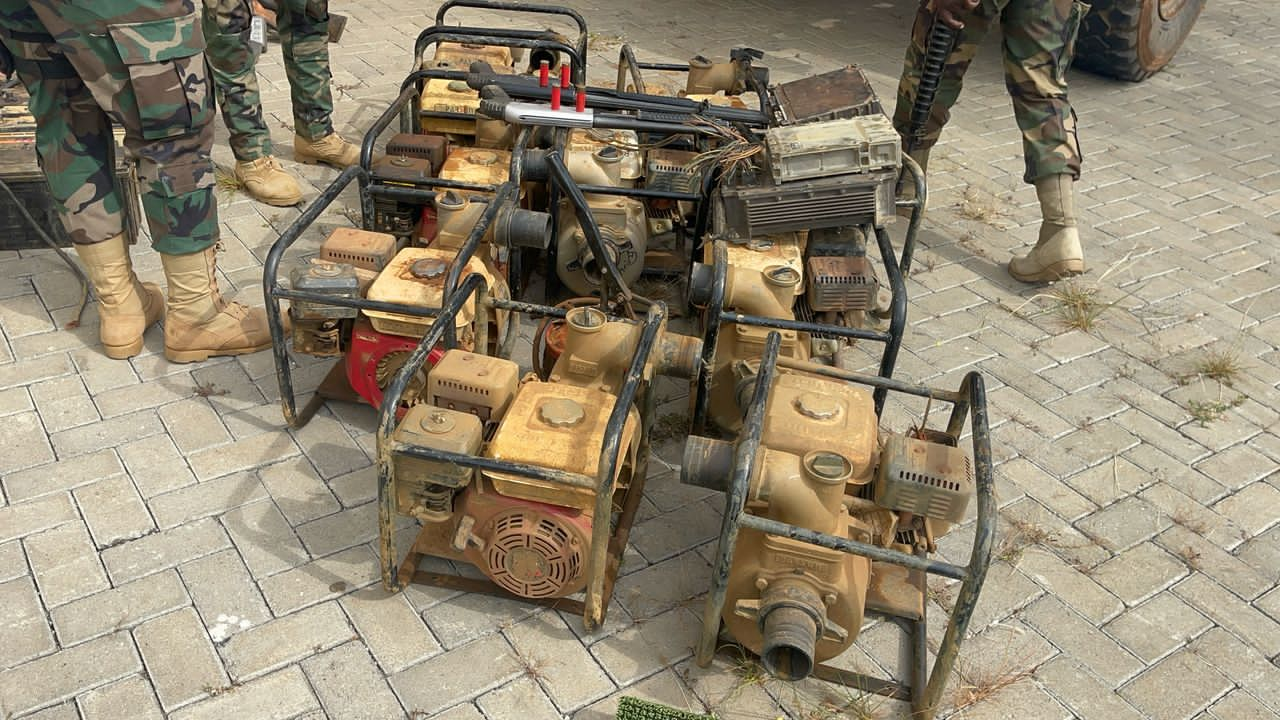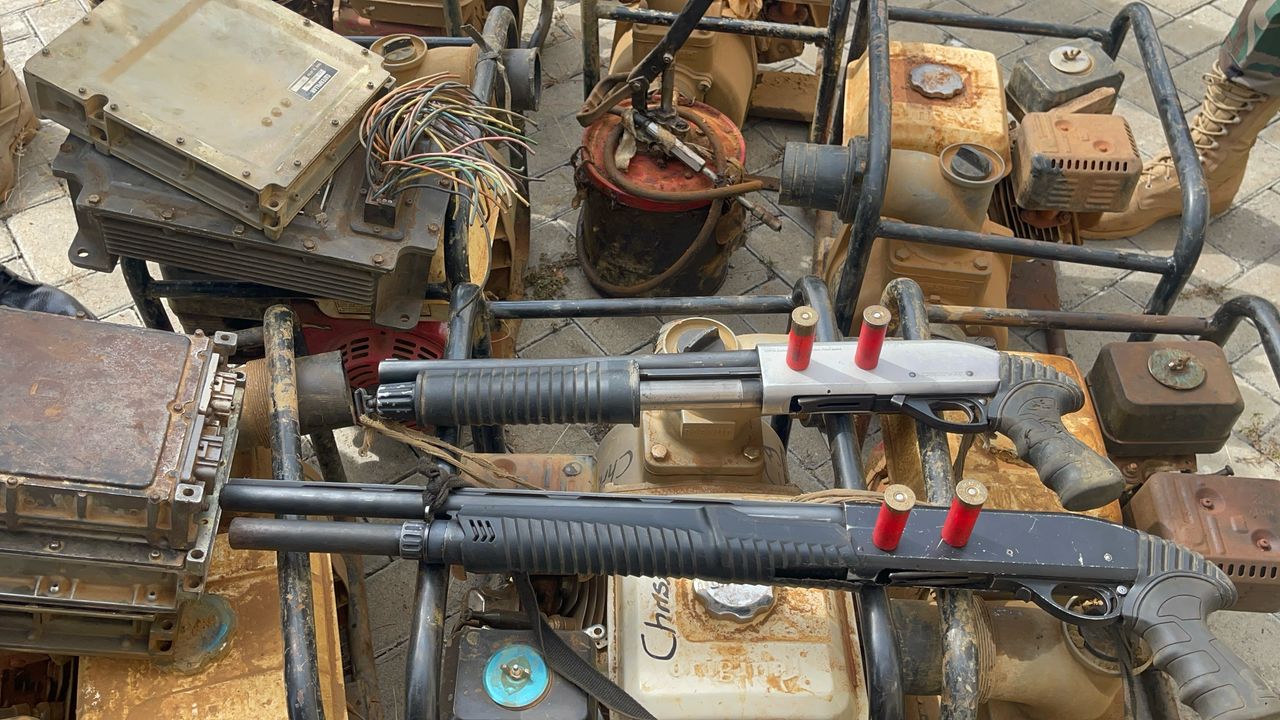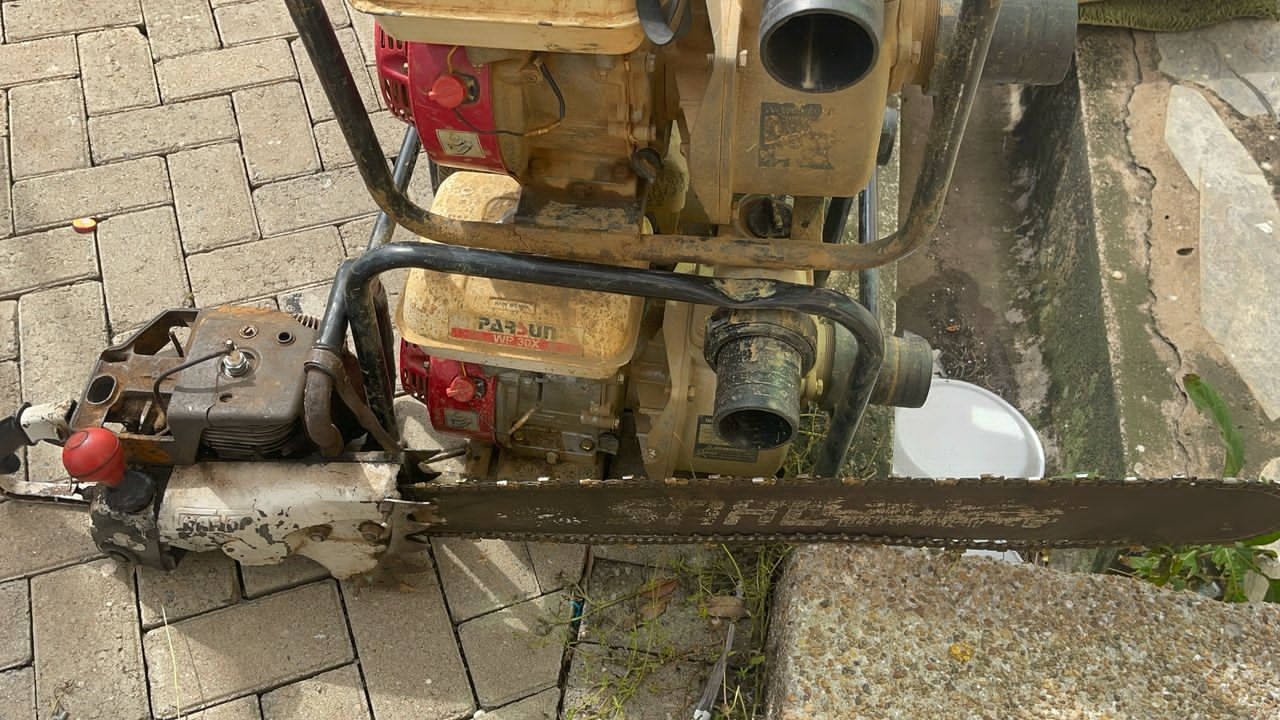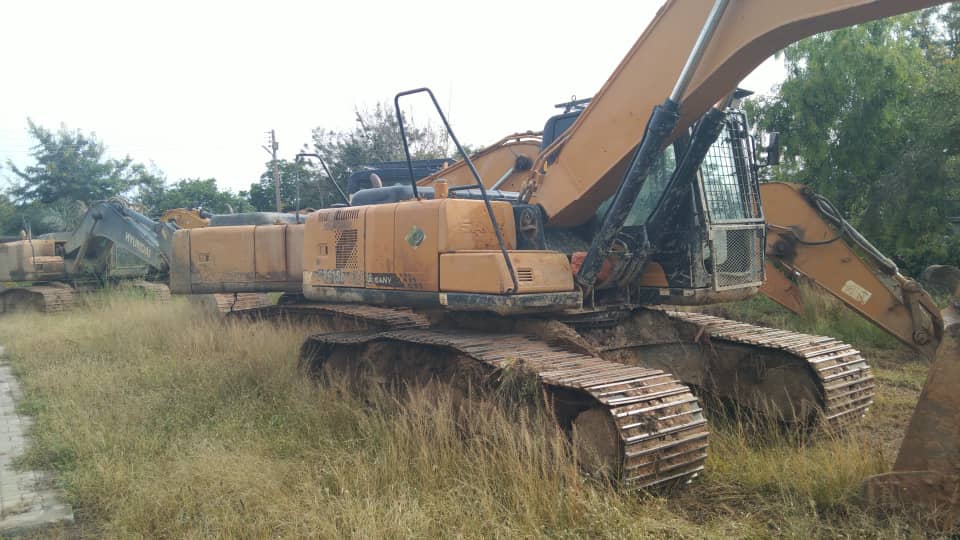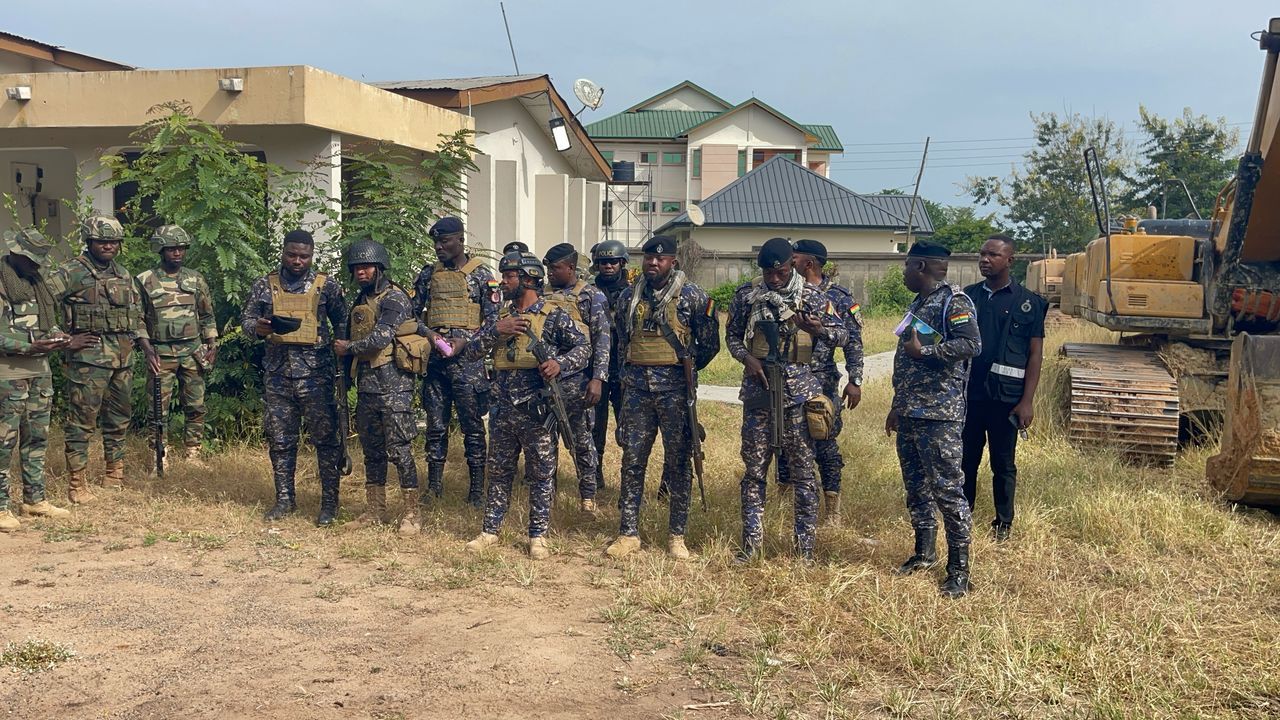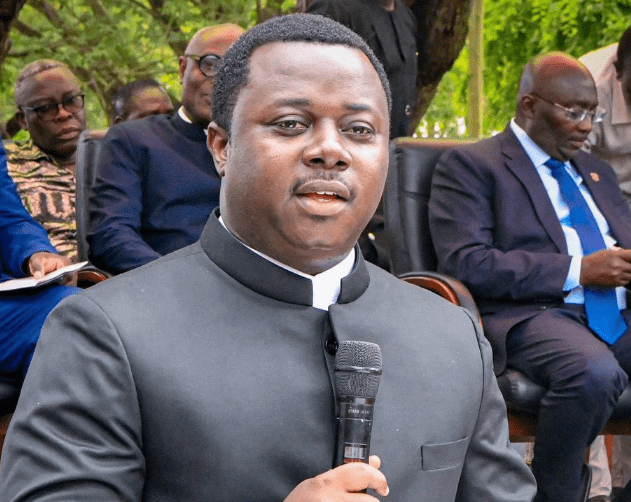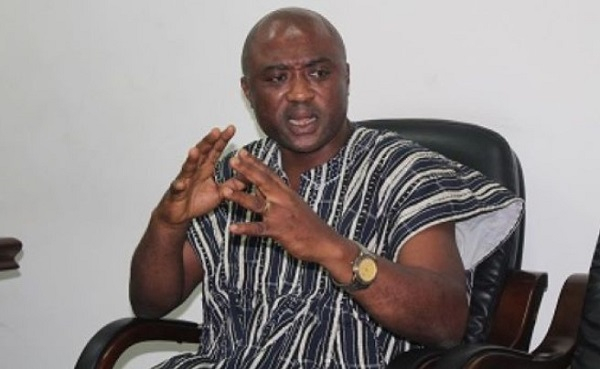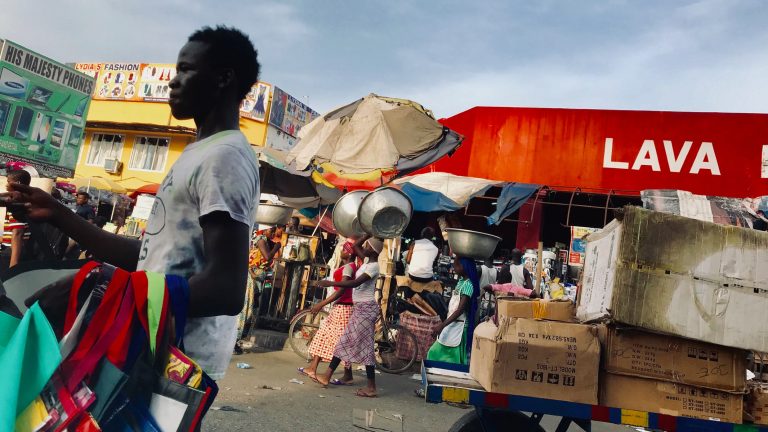The Africa Prosperity Network (APN), in collaboration with the African Continental Free Trade Area (AfCFTA) Secretariat, on Thursday hosted a high-level post-Africa Prosperity Dialogues (APD) 2025 webinar focused on how the continent can fund and build the infrastructure needed to drive trade, free movement, and sustainable economic growth.
The virtual session, titled “The Africa We Want: How Should Africa Fund and Build the Infrastructure for Trade, People Movement and Prosperity?” was moderated by Nana Yaa Mensah and Kojo Mensah of Asaase Radio. It brought together influential voices from financial institutions, logistics, tourism, engineering, manufacturing, and development sectors to discuss transformative solutions to Africa’s long-standing infrastructure deficit.
Addressing the Infrastructure Gap
CEO of the Africa Prosperity Network, Sidig Eltoum, identified key infrastructure weaknesses holding back Africa’s economic integration, including fragmented transport systems, unreliable power supply, inefficient logistics, and limited digital connectivity.
“Infrastructure is not just a commercial opportunity—it is a vehicle for long-term prosperity,” Mr. Eltoum stated.
Mr. Rui Pedro Afonso Livramento, Chief of Staff at the AfCFTA Secretariat, echoed the urgency of the matter. “The time to build infrastructure is now. We need more actions that translate into concrete plans,” he said.
Launch of “One Dollar A Day” Campaign
A major highlight of the webinar was the unveiling of the Integrated Africa Infrastructure Growth Fund—dubbed the “One Dollar A Day” campaign. The crowdfunding initiative, which emerged from APD 2025 discussions, aims to raise sustainable financing for critical infrastructure across the continent.
Finance expert Mr. Eric Otoo, who is spearheading the initiative, said it will operate on two fronts: a commercial arm targeting institutional investments and a social arm mobilising individual and organisational donations.
“We have started. We must begin somewhere,” Mr. Otoo emphasized. “Let’s be unified and take the necessary steps now.”
The session also addressed how colonial-era infrastructure—designed for resource extraction—continues to hinder intra-African trade, and how a unified funding approach from Africans and the diaspora could help reverse this legacy.
Infrastructure and Africa’s Economic Potential
The World Bank estimates that a fully integrated African market could increase the continent’s income by $450 billion by 2035 and lift 30 million people out of extreme poverty. Yet, Africa faces an annual infrastructure financing gap of $130–170 billion.
Poor infrastructure adds 30% to 40% in trade costs and limits intra-African trade to just 30–40% of total trade, far below global averages.
Mr. Ziad Hamoui, President of Borderless Alliance (Ghana), stressed the need for a mindset shift. “True African integration requires us to reimagine borders as bridges. Seamless movement of people and goods should be seen as an economic multiplier.”
Innovative Financial Models
Mr. Emeka Uzomba, Director of Banking & Special Initiatives at the Office of the President, Afreximbank, shared three pioneering financial strategies:
Afreximbank-backed infrastructure bonds offering 8–10% returns.
A Pan-African Infrastructure Credit Rating system to reduce investor risk.
Blended finance models where multilaterals absorb the initial loss.
He also revealed that Afreximbank has earmarked $5 billion for corridor projects, with disbursements set to begin in Q3 2025.
From Ghana’s Ministry of Roads and Highways, Mr. James Amoo-Gottfried presented the country’s Road Fund model—financed through fuel levies, tolls, and digital tolling—as a sustainable model for infrastructure financing.
Mr. Pierre Coussey, a Ghanaian businessman, underscored the importance of aligning infrastructure development with profitability. “If we want investment, we must show there is a return,” he said.
Ms. Serwaa Agyemang-Botchey of Microsoft London urged stakeholders to start small and scale up over time. “We need to get something done,” she said.
Tackling Movement and Connectivity Barriers
Another key topic was the barriers to free movement caused by visa restrictions and disjointed travel systems.
Mr. Gideon Asare, CEO of Adansi Travels, noted that only 25% of intra-African air routes are directly connected, and visa-on-arrival policies cover just 54% of the continent.
“Travelling from Accra to Nairobi is 40% more expensive and twice as long as travelling to Dubai,” he said.
He highlighted documentation and regulatory inconsistencies at African borders as a major issue, while Mr. Anthony Pile, Chairman of Blue Skies Holdings, simply stated: “We do not need to be stuck at borders that limit our trade.”
Accra Compact 2025 and the Way Forward
The discussions built on the outcomes of the Africa Prosperity Dialogues 2025, held earlier this year in Accra, where the APD 2025 Compact was adopted. The Compact outlines commitments by governments, private sector players, and multilateral partners to prioritize infrastructure.
Governments pledged to streamline policies and facilitate project delivery in key corridors such as Lagos–Abidjan and the Lobito Corridor. The private sector is committed to investing in transformative projects, including regional railways, renewable energy, and digital infrastructure.
Multilateral institutions such as AfDB and Africa50 are committed to mobilising up to $2 trillion in domestic capital through blended finance models.
Ms. Tshegofatso Motaung, Founder of CedarLeb (South Africa), noted that “MSMEs stand to benefit significantly from improved infrastructure as they scale and expand into new markets.”
Looking Ahead
The webinar underscored the urgency and opportunity in addressing Africa’s infrastructure challenges. With a population projected to double in several countries over the next three decades and the AfCFTA already operational, stakeholders agreed that the time for talk is over—what Africa needs now is unified, sustained action.

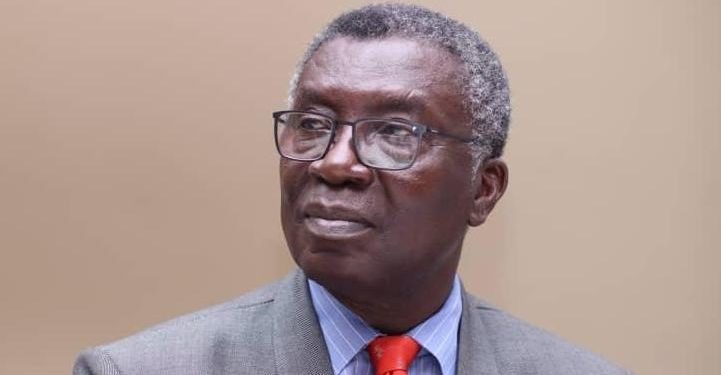
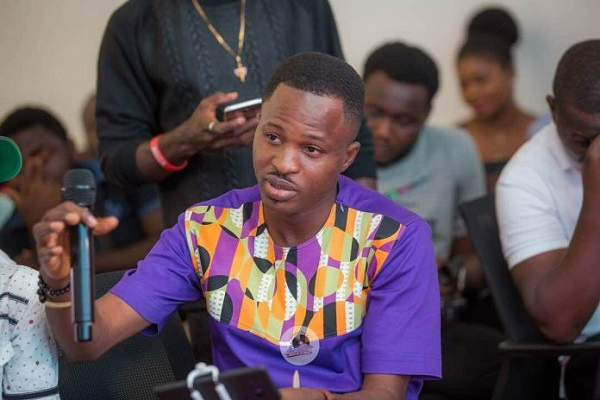
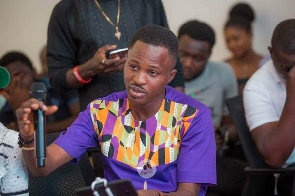

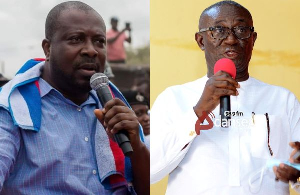
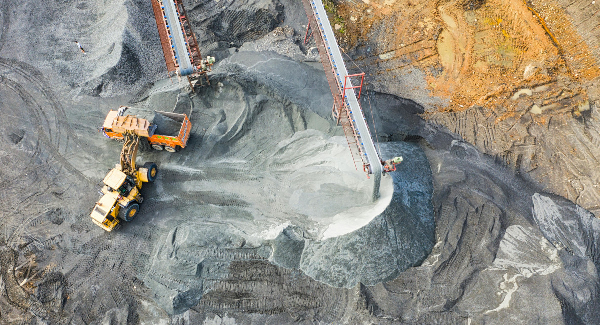
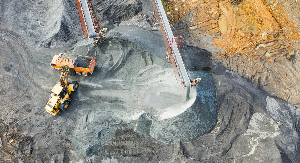
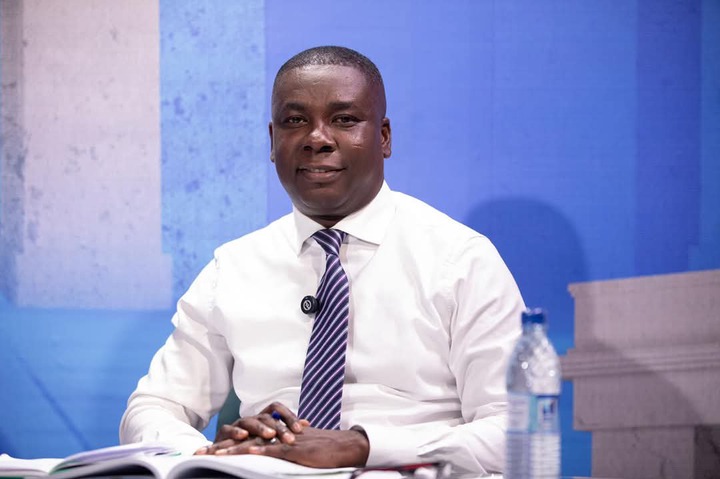

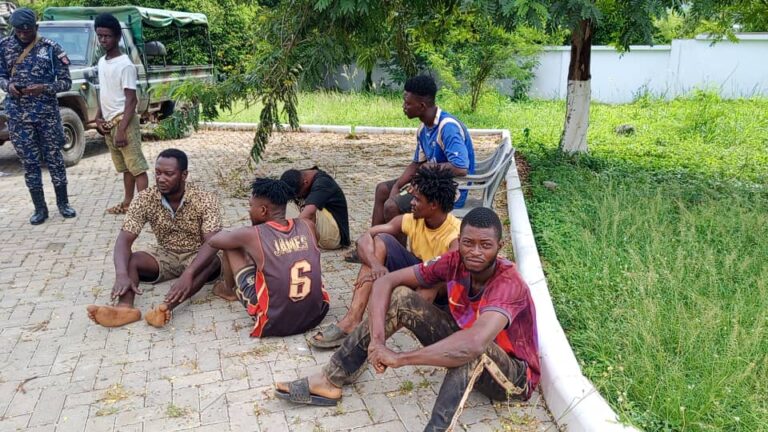
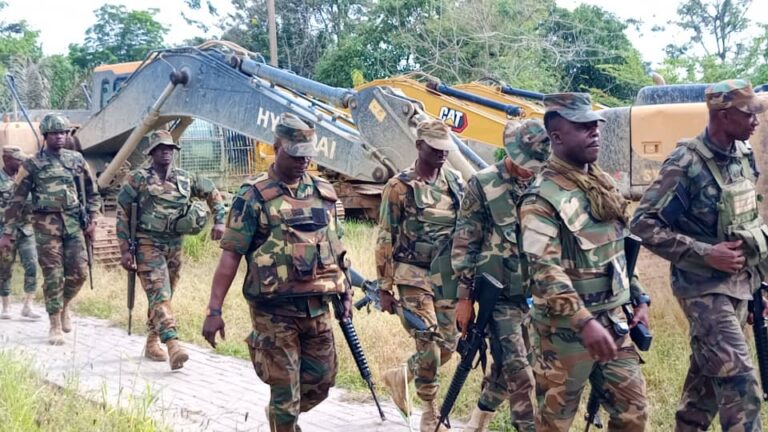

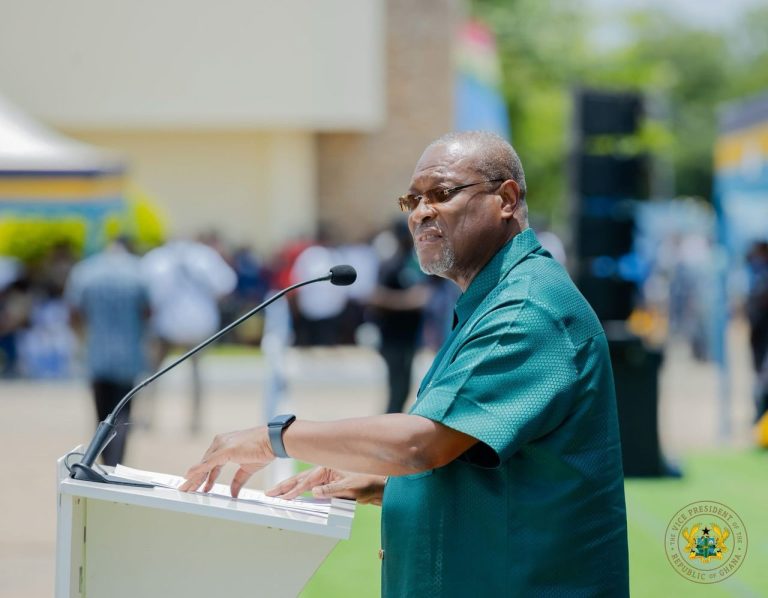
 “Government is, amongst other measures, reviewing the tax exemption regime to promote transparency, economic growth, and technology transfer and job creation. Reviewing and rationalizing port fees to enhance trade competitiveness and maximize revenue”, among others.
“Government is, amongst other measures, reviewing the tax exemption regime to promote transparency, economic growth, and technology transfer and job creation. Reviewing and rationalizing port fees to enhance trade competitiveness and maximize revenue”, among others. Alex Segbefia disclosed plans to improve the staff capacity of the Customs Division to boost revenue collection.
Alex Segbefia disclosed plans to improve the staff capacity of the Customs Division to boost revenue collection. “Government is very committed to equipping the Ghana Revenue Authority to maximize revenue generation, and my presence here this morning is a testament to that effect. I am reliably informed that the Customs Division is understaffed.
“Government is very committed to equipping the Ghana Revenue Authority to maximize revenue generation, and my presence here this morning is a testament to that effect. I am reliably informed that the Customs Division is understaffed.

